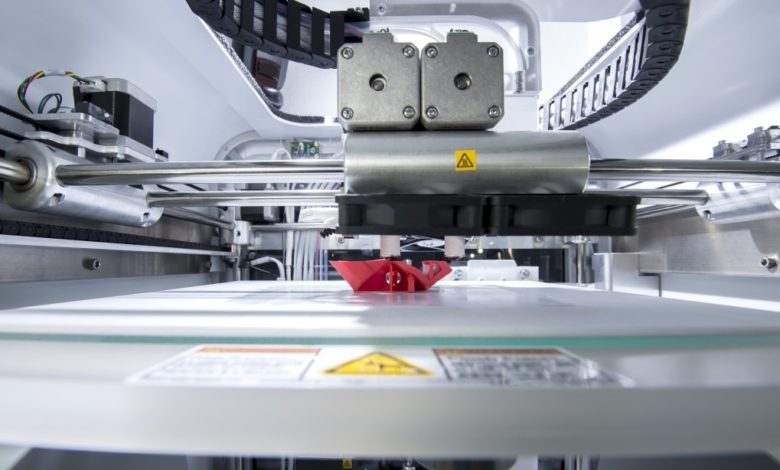ANALYSIS: New business opportunities
In the third instalment of his series about the ‘Changing Face of Contemporary Jewellery’, JACK MEYER explores the new potential business models and opportunities opened up by recent advances in e-commerce and 3D printing.[divider style=”solid” top=”20″ bottom=”20″]


